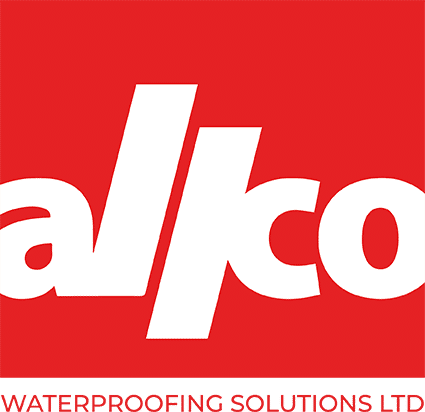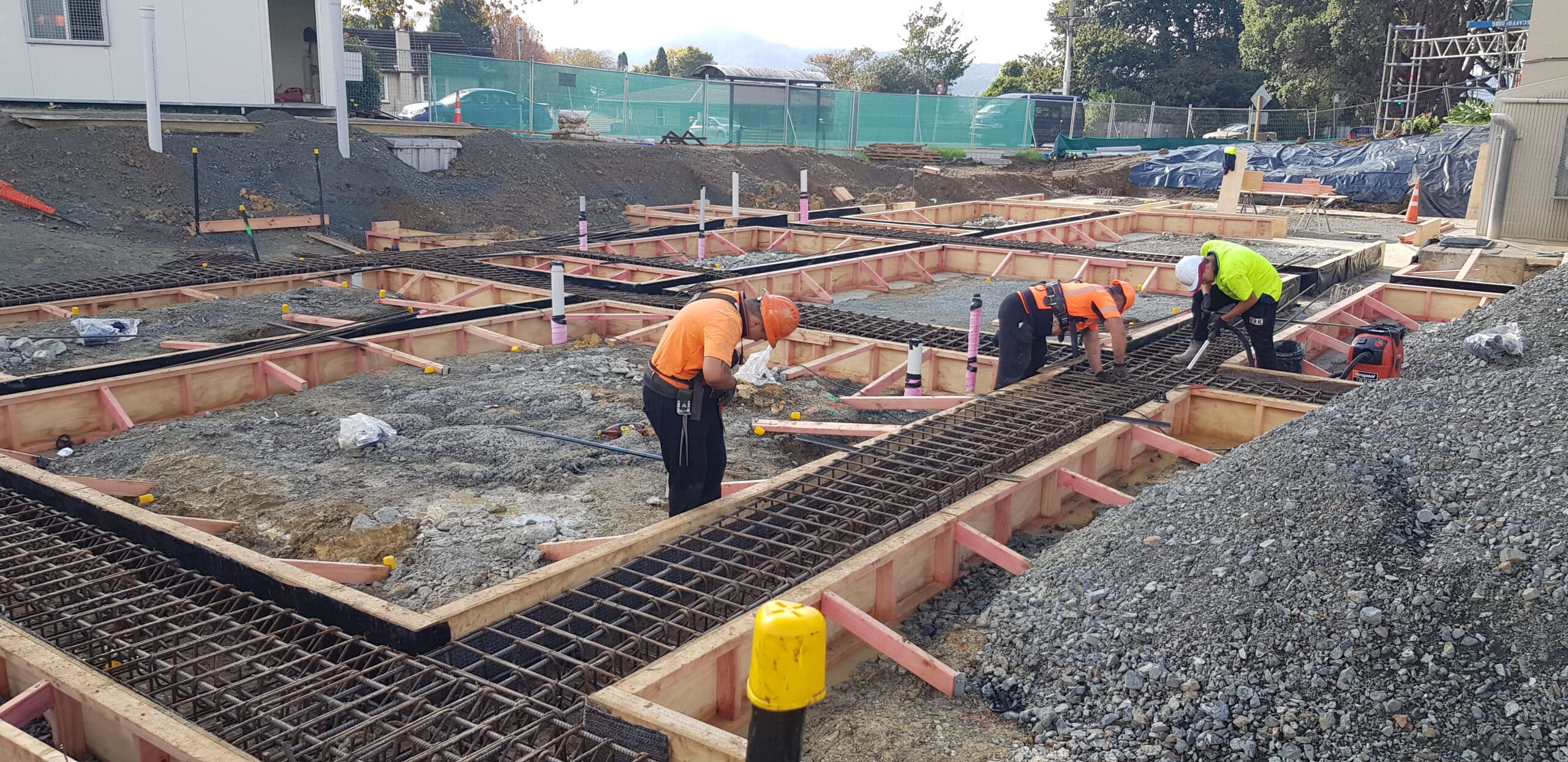Top 10 Questions about Allco Tanking Membranes.
1- WHAT IS BENTONITE?
Bentonite is essentially a high swelling clay mineral whose name was derived from the location of the first commercial deposits mined at Fort Benton, Wyoming U.S.A. This is the source of Volclay sodium bentonite. Bentonite is the active ingredient in our CETCO Volclay (VOLcanic CLAY) range of waterproofing solutions including Voltex, Swelltite, Waterstop-RX.
2 – CETCO VOLCLAY RANGE ACCEPTABLE SUBSTRATES
Volclay Voltex – Pre-applied, wet concrete substrates (precast panel forms incl) Pre-applied to formwork for wet concrete to be poured against it. Concrete slabs and insitu wall and can include precast panel forms.
Volclay Swelltite – Post-applied to concrete substrates (precast panels, masonry walls) Post applied to any concrete substrate. PC panels / masonry walls / insitu walls / footings etc.
• Can be installed on uncured concrete.
• Weather conditions – installed in almost any weather conditions
• Damage / Construction damage – self-healing for minor damage or patched easily placed.
• Contaminated ground – Voltex DS or Voltex SWR for saline soils.
• Head pressure – 20m (BRANZ) 60m (Swelltite – Cetco document)
• PLAZA / GREEN situation – Zero fall.
• Effect of Pressure – Needs pressure to function correctly – See KGA document.
3 – SHOULD I SPECIFY SWELLTITE OR VOLTEX FOR APPLICATION ON BLOCKWORK?
Your choice of the tanking membrane depends on where the waterproofing is applied, either on precast panels or post-applied. Depends on what concrete substrate it’s being applied to, if pre-applied to formwork or post-applied directly to the concrete substrate.
Swelltite is a post-applied membrane directly onto any in-place concrete structure.
Voltex is a pre-applied membrane applied typically to formwork for in situ poured concrete.
4 – WILL CETCO VOLCLAY RANGE WORK IN THE HIGH SALINE SOILS OF COASTAL REGIONS?
Yes. A special Volclay bentonite, Volclay DS/ SWR(Contaminate-Resistant), has been designed to work in soils with high concentrations of salts found in coastal regions. Volclay DS/ SWR is also resistant to other industrial chemicals that may be in the soils. A simple test of the groundwater from the construction site will produce results indicating whether standard Volclay or Volclay DS/ SWR is required for that specific project.
5 – DOES CETCO VOLCLAY RANGE HAVE TO BE IMMEDIATELY HYDRATED AFTER BACKFILLING?
No. Volclay does not have to be fully hydrated upon installation. Like most other waterproofing membranes, Volclay will remain dormant until water comes in contact with the waterproofing. When water does contact Volclay, the Volclay immediately hydrates, forming a low permeable barrier.
Volclay waterproofing products use the natural mineral sodium bentonite. Then wetted, unconfined sodium bentonite can swell up to 15 times its dry volume. When confined, as in below-grade waterproofing applications, the Bentonite forms an impervious membrane and can seal cracks, punctures and small voids. After installation, Volclay waterproofing can self heal concrete cracks caused by shrinkage or seismic action. With the Volclay waterproofing system, the problem activates the solution, reliably and automatically.
6 – FOR UNDERSLAB APPLICATIONS, DOES CETCO VOLCLAY REQUIRE A WORKING MUD SLAB OR SITE CONCRETE?
No. Volclay, in most cases, does not require a working mud slab or site concrete to be installed over. The reason for this is that Volclay does not rely on adhesion to function as a waterproofing membrane. Remember, a mud slab traditionally is made of weak concrete mix and usually cracks. Therefore, you are not adhering the waterproofing to the structural slab, but waterproofing the mud slab, which is typically made of a weak concrete mix and is susceptible to cracking.
7 – WILL CETCO VOLCLAY RANGE WORK WITH PROPERTY LINE CONSTRUCTION/PRECAST PANELS?
Yes. Volclay waterproofing systems are ideal for blind-side property line construction. Simply install Volclay to the retaining wall and pour the concrete in a single-sided form. Typical applications include soldier pile and wood lagging, metal sheet piling, earth and shotcrete retention walls, and concrete caisson construction.
For precast panels simply place the Volclay in the precast panel form at the precast yard or shoot Volclay onto the panels on site.
8 – HOW SOON AFTER THE CONCRETE POUR CAN VOLCLAY MEMBRANE BE INSTALLED?
Volclay waterproofing can be installed on concrete as soon as the forms are removed. There is no seven to 28-day waiting period. Therefore, the work can be completed sooner, and the project can proceed on time.
9 – CAN CETCO VOLCLAY RANGE BE INSTALLED IN FREEZING TEMPERATURES?
Yes. Unlike most peel-in-stick and fluid-applied waterproofing membranes, Volclay can be installed when temperatures are below freezing. This allows work to proceed in the winter months on time, as scheduled.
10 – WHAT IS THE DIFFERENCE BETWEEN HYDROSTATIC AND NON-HYDROSTATIC?
Early during design development, the engineer or architect should determine whether the basement foundation will be within, or anticipated to be within, the water table or hydrostatic conditions. Most basements, even those perceived to be in dry areas, will be subjected to hydrostatic pressure, especially when water cannot drain away fast enough or from blocked drains.
One metre of water on a wall is equivalent to one ton of force per square centimetre (making damp-proof membranes unsuitable). If a hydrostatic condition is present or anticipated, then a full enveloping system should be utilised in the structure.
If you have any questions or need technical support please get in touch with our technical team tech@allco.co.nz


